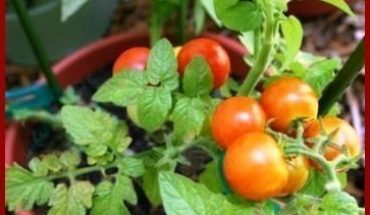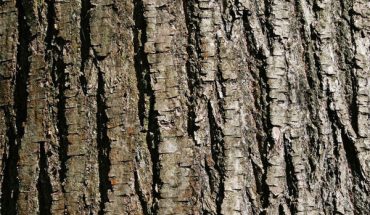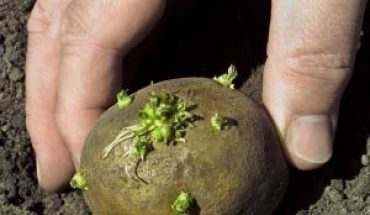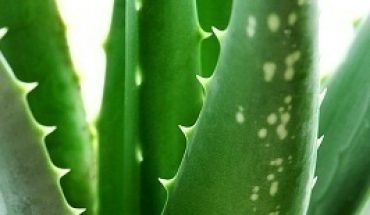Bell peppers are very nice to grow. They come in various types, shapes and colors. Three of the most popular of which are green, yellow and red bell peppers. They are commonly used to enhance the flavor of dishes. People love them because of the moderate spicy flavor that they give when mixed with other ingredients to create culinary delights. To enjoy these uses, people can learn how to grow bell peppers right on their very own backyards.
Materials Needed
Before learning the actual process of how to grow bell peppers, it is but right to gather all the materials needed for this particular job. These include fertilizer, organic insecticide and bell pepper seeds. Furthermore, ample garden space is also needed as well as mulch and water.
Steps
Timing is important in this task. Because of this, experts recommend planting the seeds at least eight weeks prior the last frost. This must be done indoors with the use of pots. At the garden, prepare the soil by adding lots of fertilizer, manure and compost. When the frost is finally over, it is now time to transfer outdoors the small seedlings. Make sure that the weather is not that cold any longer.
A major indicator that the seedlings are ready for the soil outside is when the soil temperature ranges somewhere around 70 to 85 degrees Celsius. When this happens, it is now the perfect to transfer all those young bell pepper seedlings outdoors.
When planting the seedlings, be sure to allot at least 18 to 24 inches in between each of them. Meanwhile, each row must be at least 24 to 36 inches away from one another. Spacing is very important in this task. After planting them, be sure to water them on a regular basis, particularly during dry and hot summer days. Soil moisture is crucial to the development of bell peppers. Lack of water tends to give them bitter flavor and taste.
To prevent weeds from growing around the plants, put some mulch in the surrounding areas. This particular move can help maintain ample moisture of soil. Use the organic insecticide to drive away aphids and spider mites, which can hamper the development and proper growth of bell peppers. Harvest them when they are mature enough. Immature peppers are usually green, while the mature ones develop into their real colors such as purple, light green and red, depending on the variant. Other possible colors are yellow and orange.
Additional Tips and Other Relevant Information
The germination of seeds ranges from six to eight days. When the peppers start to show up, put at least 2-tablespoons of fertilizer in the soil around every plant. Water them afterwards. These simple tips can help improve the overall quality of the peppers.





